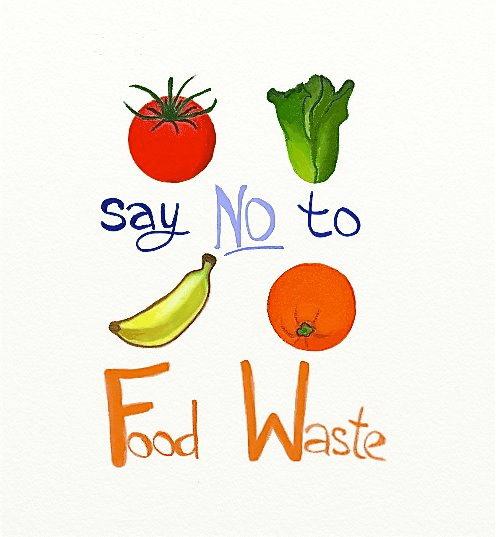Stop Food Waste Day
Wednesday 28th April 2021
Stop Food Waste Day
Stop Food Waste Day is an international day of action in the fight against food waste which is a serious and growing problem.
Roughly one-third of the food produced globally is either lost or wasted every year.
Food waste has become a severe epidemic across the world due to a lack of understanding of how to effectively use food and conserve it.
Food waste, however, can be stopped.
Stop Food Waste Day aims to change the statistics of food waste, continuing to decrease it over time.
Eventually, Stop Food Waste Day hopes to help those in need get the food they need and stop landfills from filling over.
HOW TO OBSERVE STOP FOOD WASTE DAY
1) Stock your fridge smartly
Humans can’t help it, our animal instinct is to buy more food than we need. However, if we want to reduce our food waste, it’s our job to fight the instinct! Instead of buying in bulk, plan what you’ll need for the week and make sure you have the means to store it.
2) Store food correctly
Food spoilage accounts for over 60% of food waste! Learn to store your perishables correctly or invest more heavily in frozen or non-perishable foods. Did you know that potatoes, tomatoes, and onion should never be refrigerated?
3) Eat the extras!
From leftovers to the skins on fruits and veggies, there is often so much more edible food in a meal than you think. Too often, skins on fruits, vegetables, and chicken are peeled off and go to waste — don’t miss out on the nutrients! Another great way to reduce your food waste is to feast on leftovers.
5 INTERESTING FACTS ABOUT FOOD WASTE
1)There are millions starving
If we lived in a world without food waste, experts believe we would be able to feed 3 billion more people — that’s a lot more than the 925 million who are estimated to go hungry today.
2) Wasted water is expensive
Annually, uneaten food wasted ¼ of our water supply — to the tune of £123 billion.
3) Landfills create methane
We’ve all heard of methane, the greenhouse gas that’s pumping the gas on global warming even more than carbon dioxide — food rotting in landfills produces a huge amount of this dangerous chemical.
4) Fruits and vegetables are the most wasted
Some of the most perishable foods — fruits, vegetables, roots, and tubers — go to waste more than any other variety of food.
5) Ugly food gets tossed
A significant portion of food that is wasted is done so simply because grocery stores don’t find it aesthetically appealing enough to shelve.

Share This:
